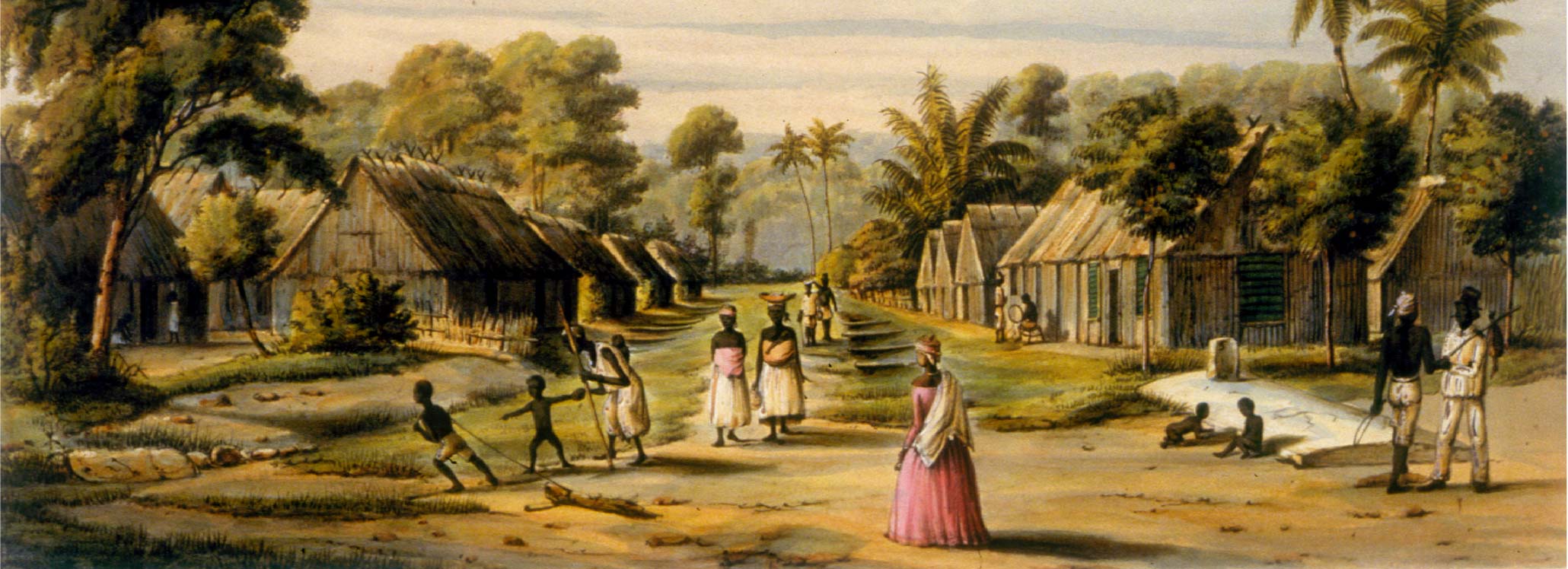Francisco Menéndez was an African-born slave who obtained freedom and became a militia captain, corsair, and co-founder of the first free black town in what would become the United States.
Menéndez was probably born in the Gambia Region of West Africa around 1700. He was enslaved at a young age and taken to Carolina to perform plantation work. Menéndez took advantage of the chaos of the 1715-17 Yamasee War, which united Indian tribes and escaped slaves against the English colonists of Carolina, to escape to Spanish Florida with his wife (Ana María de Escobar) and others.
In 1718 the Africans who had fled to Florida were sold to Francisco Menéndez Márquez. From this relationship, Menéndez acquired his name and was baptized as a Catholic (his original and other names are unknown), but remained enslaved. In 1726 Menéndez was appointed captain of St. Augustine’s black militia, which was active in raids against Carolina and in defense of St. Augustine. Menéndez also became literate and petitioned the new governor to free him and thirty other blacks who had come to Florida or Havana under Spain’s religious sanctuary policy. The governor acceded in 1738 and granted freedom for all slaves who had fled or would flee from Carolina.
At the same time, he established a fortified community for free blacks under Menéndez’s leadership. Known as Gracia Real de Santa Teresa de Mose, the community became a focal point of tensions between British Carolina and Spanish Florida, culminating in a bloody battle in 1740 in which the soldiers lost the Fort but saved St. Augustine.
The African community moved to St. Augustine after the destruction of Fort Mose, where Menéndez became a Spanish corsair. When his ship was captured by the English in 1741, Menéndez was given two hundred lashes and tortured by having his wounds pickled in response to his role in the fighting at Fort Mose. Then he was sold back into slavery in the Bahamas. Menéndez reappears in the historical record in 1759 back in Florida as the free commander of the re-founded Fort Mose.
At the end of the Seven Years’ War in 1763, Spain ceded Florida to Britain. Francisco and others from Fort Mose relocated to Cuba along with most of the residents of St. Augustine. They settled in the new town of San Agustín de la Nueva Florida/Ceiba Mocha near Matanzas. Like many others, Menéndez eventually sold his land and relocated to Havana, where his family received a government pension.
Read the full, original biography by Jane G. Landers in the African American National Biography
Online Resources
Fort Mose Historical Society https://fortmose.org/
Bibliography
Berlin, Ira. Many Thousands Gone: The First Two Centuries of Slavery in North America. Cambridge: Belknap, 1998.
Deagan, Kathleen A., and Darcie A. MacMahon. Fort Mose: Colonial America's Black Fortress of Freedom. Gainesville: University Press of Florida, 1995.
Landers, Jane. “The Atlantic Transformations of Francisco Menéndez.” In Biography and the Black Atlantic, edited by John Wood Sweet and Lisa A. Lindsay, pp. 209–223. Philadelphia: University of Pennsylvania Press, 2013.
Landers, Jane. Black Society in Spanish Florida. Urbana: University of Illinois Press, 1999.
Riordan, Patrick. “Finding Freedom in Florida: Native Peoples, African Americans, and Colonists, 1670–1816.” Florida Historical Quarterly 75, no. 1 (1996): 25–43.
Stangl, Werner. "Menéndez, Francisco." Dictionary of Caribbean and Afro-Latin American Biography , edited by Ed. Franklin W. Knight. , edited by and Henry Louis Gates Jr.. . Oxford African American Studies Center, http://www.oxfordaasc.com/article/opr/t456/e1394 (accessed Thu Sep 05 10:24:25 EDT 2019).
Wood, Peter H. Black Majority: Negroes in Colonial South Carolina from 1670 through the Stono Rebellion. New York: Alfred A. Knopf, 1975.
Author
Jane G. Landers
Adapted by
James Almeida and Steven J. Niven
Contributing Institutions
Hutchins Center for African & African American Research, Harvard University, Cambridge, MA.
Oxford University Press (USA) African American Studies Center.





